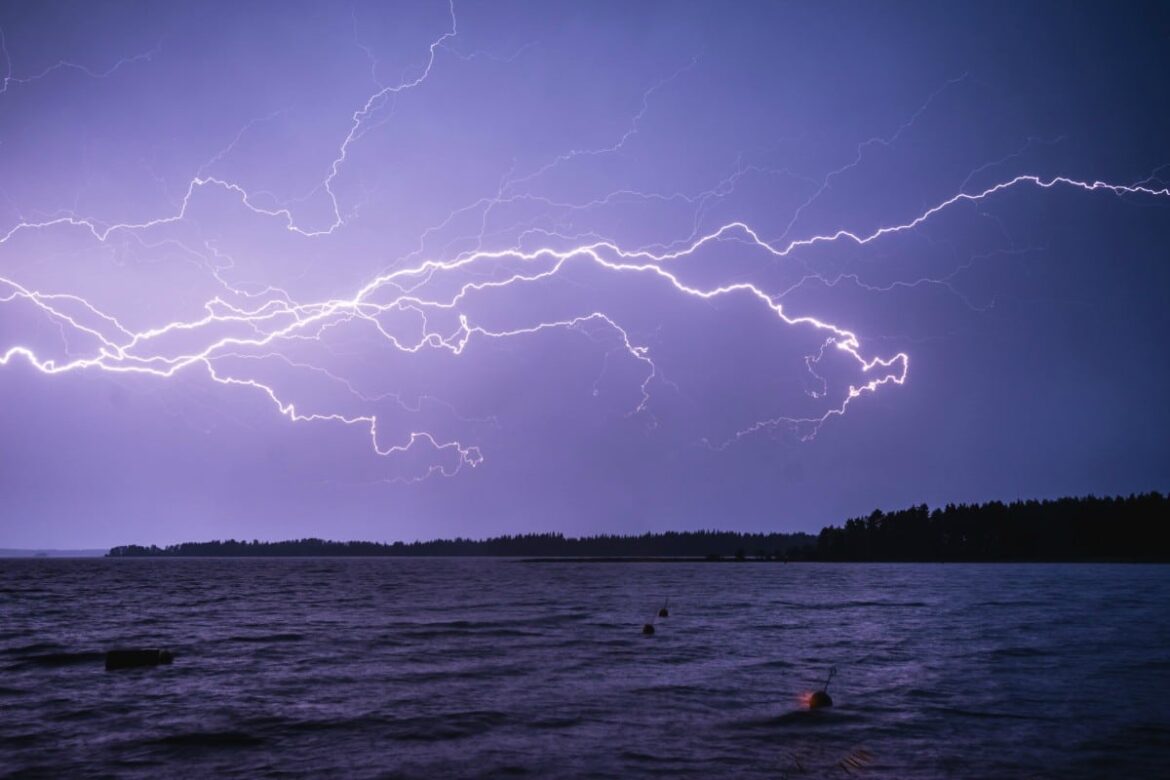1.1K
There are different types of lightning. They are influenced by conditions such as electrical charge, paths, climate, geography and topography
Types of lightning: an overview
There are different types of lightning in nature. When a thunderstorm is approaching, it is advisable to stay indoors or go to a safe place to protect yourself from possible lightning strikes.
- Intracloud lightning: This is the most common type of lightning and occurs within a thundercloud. It is caused by electrostatic discharges between different parts of the cloud.
- Cloud-to-ground lightning (Cloud-to-ground lightning): This lightning occurs from the cloud to the ground and can be caused by different types of electrical discharges. Cloud-to-ground lightning is the most dangerous and can strike buildings, trees or people.
- Positive Cloud-to-Ground Discharge Lightning: This type of lightning differs from most other types of lightning in that it has a positive charge and is less common than negative cloud-to-ground lightning.
- Cloud-to-cloud lightning: In this type of lightning, the discharge skips from one thundercloud to another without touching the ground.
- Ground-to-Cloud Lightning: This lightning occurs when an electrical discharge rises from the ground to the cloud. It is a rare type of lightning and usually occurs in association with tall structures such as antennas or transmission towers.
- Backward Leader: This type of lightning develops from an elevated point on the ground, such as a tall building or mountain, and moves backward into the cloud.
- Ball Lightning: Ball lightning is a rare phenomenon. They are luminous, spherical phenomena that move horizontally or vertically and are often accompanied by crackling sounds.

